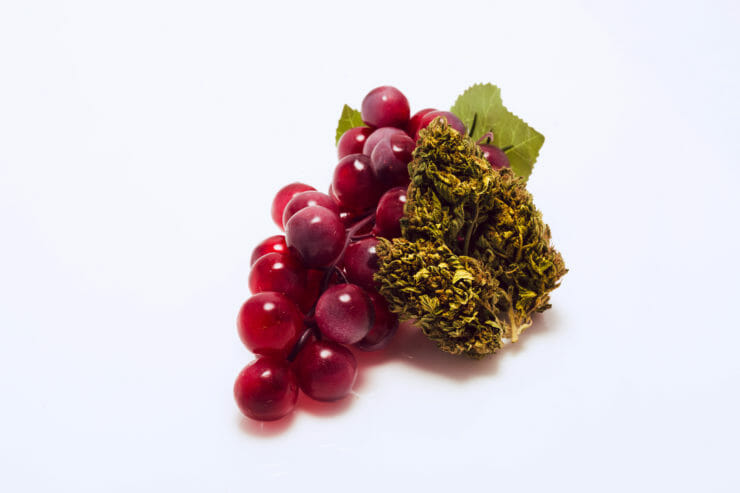
California, like other states, has a Right to Farm Act that is intended to protect agricultural activity, and many counties have their own local right to farm ordinances as well. California’s Right to Farm Act provides:
“No agricultural activity, operation, or facility, or appurtenances thereof, conducted or maintained for commercial purposes, and in a manner consistent with proper and accepted customs and standards, as established and followed by similar agricultural operations in the same locality, shall be or become a nuisance, private or public, due to any changed condition in or about the locality, after it has been in operation for more than three years if it was not a nuisance at the time it began.”
The intent of these types of laws is to protect farmers who use accepted and standard farming practices from nuisance lawsuits in certain circumstances. In California, at the state level, cannabis cultivation is not considered “agricultural” such that it would be eligible for protection under the Right to Farm Act. But in some counties, local ordinances do define cannabis cultivation as agricultural activity, giving cannabis cultivators protection under local right to farm ordinances.
Tensions arise, however, where the standards for things like pesticides are very different for cannabis versus other agricultural products like wine grapes. Many pesticides that are legal for use on vineyards are not legal for use on cannabis. This is when pesticide drift, which refers to the “airborne movement of pesticides from an area of application to any unintended site,” becomes a major issue.
There is case law addressing the issue of pesticide drift in California, and one such relevant case involving a farmer of organic dill whose crop became contaminated through pesticide drift from a nearby brussels sprouts farm, found that the organic dill farmer did have legal recourse against the Brussels sprouts farmer, even though the pesticides were legally applied.
The defendant Brussels sprouts farmer argued that because it had not run afoul of state law, the plaintiff did not have the right to sue. But the court held that the defendant could in fact be held liable for tainting the plaintiff’s organic crops. The defendant of course argued that this would “impose a serious burden and concern to the industry.”
But the issue becomes even more sensitive when 1) cannabis cultivators are held to extremely high standards in terms of pesticide restrictions and 2) they are operating near vineyards that have been in the same location, using the same accepted best practices for pesticide application for many years. Pesticide drift from these vineyards has the potential to taint valuable cannabis crops rendering them unviable.
And this is exactly what is happening in some areas like Santa Barbara County. In June, the operators of the Fiddlestix Vineyard in the Santa Rita Hills learned that the fungicide they had been spraying on their grapes for decades could be drifting onto a nearby cannabis farm. The vineyard has now started using a “more expensive and far less effective spray on the grapevines that are nearest to the cannabis farm” while the county investigates. Some vineyard owners have complained that Santa Barbara County in particular has been “too permissive” toward cannabis cultivation operators.
Ultimately, in counties that are licensing cannabis cultivators, growers of all sorts of agricultural products will need to learn to coexist. But the issue of pesticide drift and the implications of right to farm laws seem to be more issues in a long list that regulators didn’t adequately anticipate at the outset of regulation. Our hope is that these disputes will resolve amicably, and we will be following them closely.























